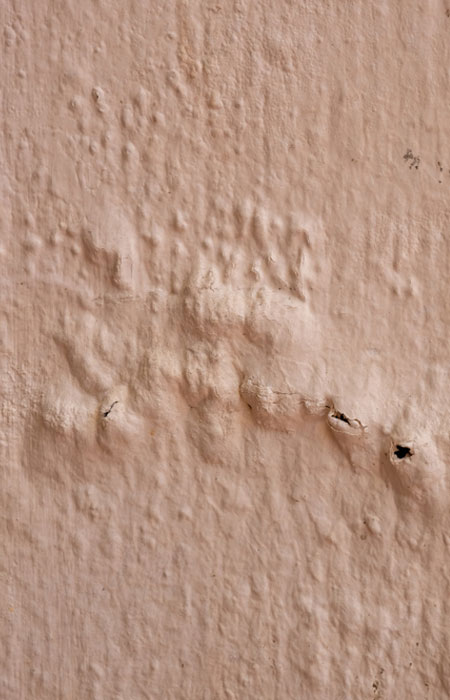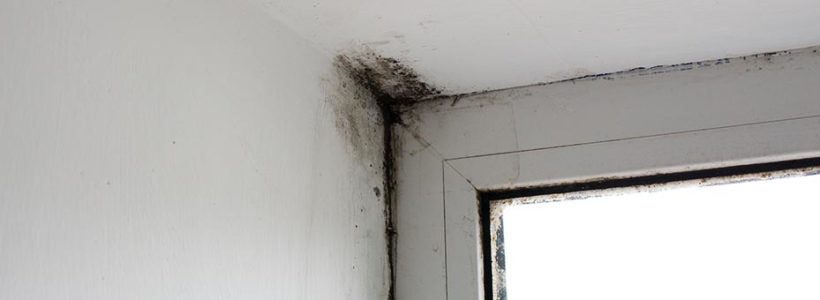Complete Guide to Repairing Water Stains on Walls: Inspection
Complete Guide to Repairing Water Stains on Walls: Inspection
Blog Article
The content down below pertaining to Water Stains on Walls is definitely enjoyable. Give it a try and make your own personal assumptions.

Water spots on wall surfaces are not pleasurable to the eyes. In some cases it appears almost unpreventable to experience water discolorations on wall surfaces in homes.
House owners living in damp regions frequently deal with the anxiety of water spots on walls. With well-rounded and also exact details on the reasons of water spots and punctual repair service processes, you will constantly be a step ahead of such events.
3 Typical Sources Of Water Discolorations on Wall Surfaces
In contrast to popular belief, water discolorations on wall surfaces do not constantly come from bad structure materials. There are a number of causes of water spots on walls. These include:
Wet
When hot wet air meets with completely dry cool air, it triggers water beads to form on the wall surfaces of structures. This happens in bathroom and kitchens when there is heavy steam from food preparation or showers. The water droplets can discolor the bordering walls in these parts of your home as well as infect other areas.
Damp or condensation impacts the roofing and also wall surfaces of structures. This creates them to appear darker than other locations of the residence. When the wall is wet, it produces an appropriate setting for the growth of microorganisms and also fungis. These may have adverse effects on health, such as allergies and respiratory disorders.
Poor Drainage
This will certainly prevent water from seeping into the wall surfaces. This web links to too much wetness that you notice on the walls of your structure.
So, the leading source of wet walls, in this case, can be a bad drain system. It can likewise be because of bad monitoring of sewer pipelines that go through the structure.
Pipeline Leaks
Most homes have a network of water pipes within the walls. This guarantees that the pipes are well away from the reach of harmful rats. It always increases the practicality of such pipes, as there is little oxygen within the walls. This dissuades corrosion.
A drawback to this is that water leakage impacts the walls of the building and creates widespread damages. An indication of malfunctioning pipes is the look of a water stain on the wall surface.
Pro Tip
A houseplant in your house also raises its humidity. So, if your house is already moist, you may wish to introduce houseplants with very little transpiration. An example of suitable houseplants is succulents.
Water Discolorations on Wall: Repair Tips
When dealing with water discolorations, property owners would usually want a fast repair. Yet, they would quickly realize this is disadvantageous as the water stains persist. Below are a few valuable tips that will lead you in the repair work of water discolorations on walls:
Verdict
Although no one intends to have water stains on walls in their house, it can take place to the very best people. This short article offers you leverage, as you currently recognize how to manage this problem if it does occur.
It is constantly best to hire professional solutions to aid fix the problems in your house.
Occasionally it appears virtually inevitable to experience water stains on walls in houses.
In contrast to preferred idea, water spots on wall surfaces do not constantly stem from poor building materials. There are several causes of water stains on walls. The water droplets can discolor the surrounding walls in these parts of your house as well as spread to other areas.
Right here are a few valuable tips that will guide you in the repair of water stains on walls:
CHECKING FOR WATER DAMAGE
Water damage can be costly, and it may begin before you even notice the first signs of trouble. Water damage can cause mold and mildew in your walls and floors, which can create an abundance of health concerns for your family. It can also lead to costly repairs of various appliances and general home fixtures. To avoid the pricey consequences of water damage, here are Warner Service s top 5 places you should check:
The walls The easiest place to spot the beginnings of water damage is on the walls and ceilings of your home. If water damage is present, there will most likely be water stains, especially around the windows and doorframes, and/or cracks in the drywall. If a stain looks unusual (discolored to brown, black or gray, raised texture), has a swollen appearance or is soft to the touch, contact a professional immediately. The pipes To avoid water damage, consistently check the pipes in your kitchen (especially the dishwasher and ice maker), bathrooms, laundry room (specifically washing machines) and basement for corrosion, leaks and water stains. Pay special attention to where the pipes connect in your home and the location of caulking around the bathroom fixtures, including toilets, sinks, showers and tubs. Missing or loose caulking and grout could be signs of leaking water. This seepage can also quickly cause mold and rust, so double check your water heater and tank for wet spots on the floor. The floor Water damage is very easy to spot on the floor. Look for any warping or buckling of the material, especially in the basement. If your home has wood flooring, look for bright white or dark stains. If your home has carpeting, keep it dry and clean. A damp carpet that smells of mold could cause water damage and health problems. To avoid this, consider installing floor pans under your appliances to help prevent damages from small, slow and undetected leaks. The basement and attic If your basement or attic smells odd check for mold and mildew around the area, especially the valley where the roof meets. While you are inspecting those areas, check for wall cracks, floor stains, rust and dampness in the insulation. If you live in a colder and/or rainier climate, perform routine checks for water damage from melting snow or ice and rain. The exterior Check the roof for damaged flashing and missing, cracked or curled shingles. There should also be no standing water anywhere outside your home. This could be caused by puddles, leaky rain gutters or hoses, poor drainage, or short gutter spouts. Invest in a sump pump system or water flow monitoring system, and perform routine maintenance on these outdoor appliances to avoid indoor water damage.

I found that post about How to Remove Water Stains from Walls and Ceilings while doing a search on the internet. Please set aside a second to share this article if you enjoyed it. Thank-you for going through it.
This Website Report this page